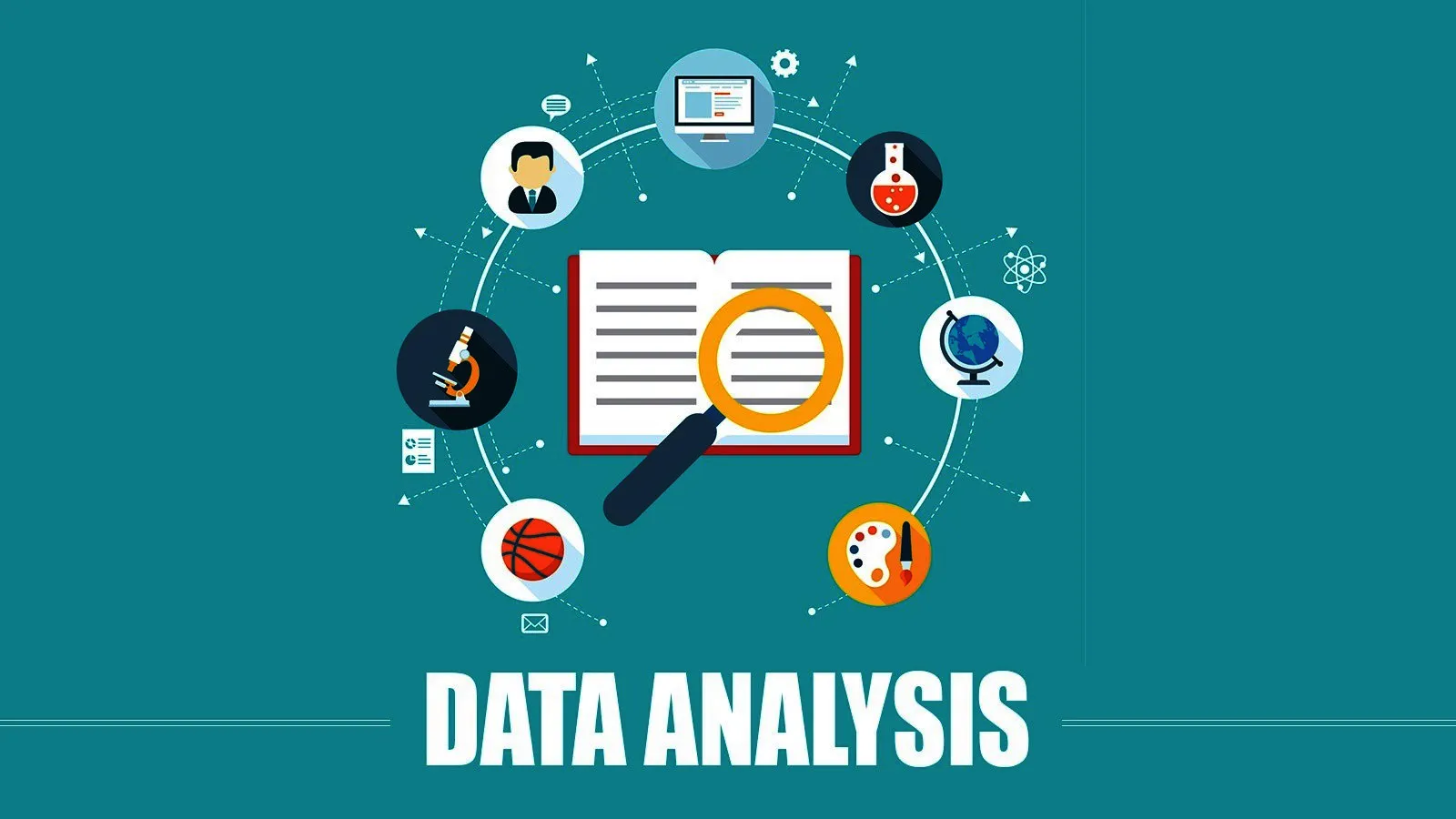
Data Analytics is the most demanding technology across all the Tech. Companies, It will give a boost to your careeer.
Benifits of Data Analytics Training
- Data analytics jobs are in high demand and high paying.
- We provide personalized training so it will be customized for better learning experience.
- We also provide Refferals and Interview support as Project Managers will take your mock interviews.
- You can get upto 12 LPA – 18 LPA Package for your 1st Job (as a Fresher) even you are from private engineering college because skills matters today.
- You will Get Authentic Certification of Data Analytics Master Course that will be authorized by most of the MNC's.
Course Description and Objectives
Data analytics helps companies gain more visibility and a deeper understanding of their processes and services. It gives them detailed insights into the customer experience and customer problems. By shifting the paradigm beyond data to connect insights with action, companies can create personalized customer experiences, build related digital products, optimize operations, and increase employee productivity.
Prerequisites
No Prerequisites Required for this Training. (Everything starts from Scratch to Advanced)
Syllabus of the Course
1. Data Handling
- • Introduction to Data Handling
- • Formatting and Coditional Formatting
- • Data Sorting, Filtering and Data Validation
- • Understanding of Name Ranges
- • How to work on raw data ?
- • Conversion of data
2. Excel and Advanced Excel
- • Descriptive Functions: SUM, COUNT, MIN, MAX, AVERAGE, MEAN, MEDIAN, CONCATENATE
- • Logical functions : IF, AND, OR, NOT
- • Relational Operators
- • Nesting of Functions
- • Date and Time Functions : today, now, month, year, month, year, day etc.
- • Text Functions : left, right, mid, find, length, replace, substitute, trim, rank etc.
- • Array Functions : SUMIF, SUMIFS, COUNTIF, COUNTIFS, SUMPRODUCT
- • Use and applications of VLOOKUP
- • Limitation of Lookup function
- • Using Index, Match, OffSet, Concept of reverse lookup
- • Data Analysis using Pivot tables - Use of row and column shelf, values and filters.
3. SQL/PLSQL
- • Schema - Meta Data - ER Diagram.
- • Looking at an example of database design
- • Data Integrity Constraints & Types of Relationships(Primary & Foriegn Key)
- • Basic Concepts : Queries, Data Types & NULL Values, Operators and Comments in SQL
- • Introduction MS SQL Server for Windows OS
- • Data Based Object Creation (DDL Commmands)
- • Creating, Modifying and deleting Databases and Tables
- • Drop and Truncate Statement : Uses and Differences
- • Alter table and Alter column statements
- • Data Manipulation (DML Commands)
- • Insert, Update and Delete Statements
- • Select Statement : Subsetting, Filters, Sorting, Removing, Duplicates, Grouping and Aggregation Functions
- • WHERE, GROUP BY, ORDER BY and HAVING clauses
- • SQL Functions : Number, TEXT, Date etc.
- • SQL Keywords : Top, Distinct, Null etc.
- • SQL Operators : Relational(Single-Valued and Multi Valued), Logical(AND, OR, NOT)
- • Accesing data from Multiple Tables using SELECT
- • Append and Joins
- • UNION and UNION ALL - Use and Constraint
- • Table Joins : INNER, LEFT, RGHT, FULL
- • Inline views and Sub Queries
- • Optimizing Queries
4. Statistics and Probability
- • Introduction to Statistics
- • Measures of central tendencies
- • Measures of variance Measures of frequency
- • Measures of Rank
- • Basics of Probability, distributions
- • Conditional Probability (Bayes Theorem)
5. Data Analytics with Python
- • Overview of Python- Starting with Python
- • Why Python for data science?
- • Introduction to installation of Python
- • Introduction to Python IDE's (Jupyter,/ Ipython)
- • Concept of Packages - Important packages
- • NumPy, SciPy, sci-kit-learn, Pandas, matplotlib, etc
- • Installing & and loading Packages & and name Spaces
- • Data Types & Data objects/structures (strings, Tuples, Lists, Dictionaries)
- • List and Dictionary Comprehensions
- • Variable & Value Labels - Date & Time Values
- • Basic Operations - Mathematical/string/date
- • Control flow & and conditional statements
- • Debugging and code profiling
- • Python Built-in Functions (Text, numeric, date, utility functions)
- • Concept of applying functions
- • Python - Objects - OOPS concepts
- • How to create & call class and modules?
6. Data Analytics with Power BI
- • Introduction to Power BI
- • Installing to Power BI Desktop
- • Various Options in Power BI Desktop
- • Views in Power BI Desktop
- • Connect and Retrieve data from different sources (CSV, Excel, etc.)
- • Query editor in Power BI
- • Power Query for cleaning the data
- • Power Query Functions - Text, Date, Numeric
- • Power Query Conditional Columns
- • Clean and transform data with Query Editor Define data granularity
- • Combining data - Merging & Appending
- • Reports Development (Visuals in Power BI)
- • Introduction to work with Power BI visuals
- • Reports Development in Power BI Working with Different Visuals /Charts Formatting Options in Reports
- • Use Different Charts with Power BI according to requirements
- • Use a slicer to filter visualizations
- • Working with Filters (Page Level, Include/Exclude, Report Level, Cross report Filter)
- • Download & use Custom Visuals from the Gallery
- • Optimizing for Performance
Top Comments

Shantanu Sir, Your teaching style I felt its very unique and intresting, You explained every topic very deeply. Thanks for the course.

Seriously wants to thank you sir, This course changed my life as I took training in other org. also but the way you support us till interview that was amazing experience for us.


Sir, Thanks for this course with the help of yours, Today I cracked Delloite Interview. Thank you so much !
Raksh Jain